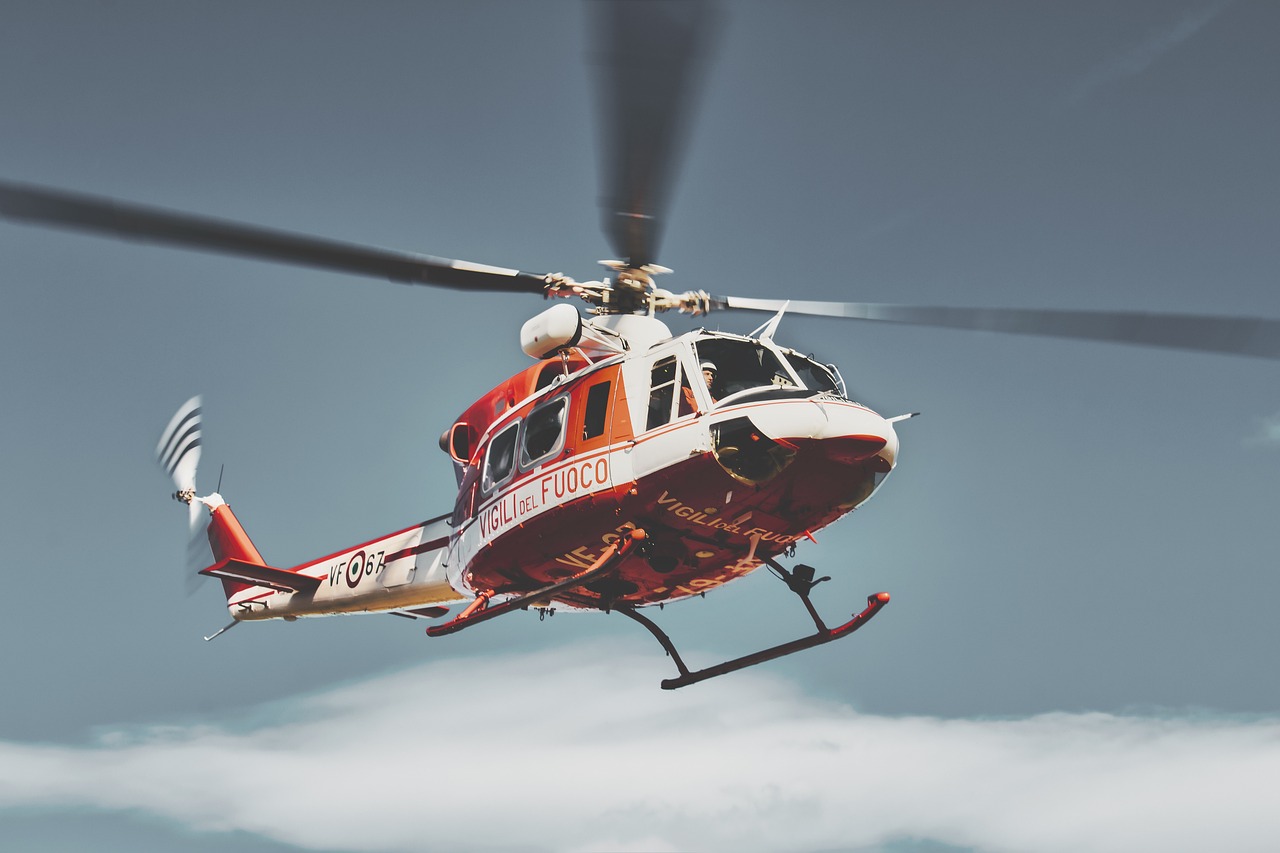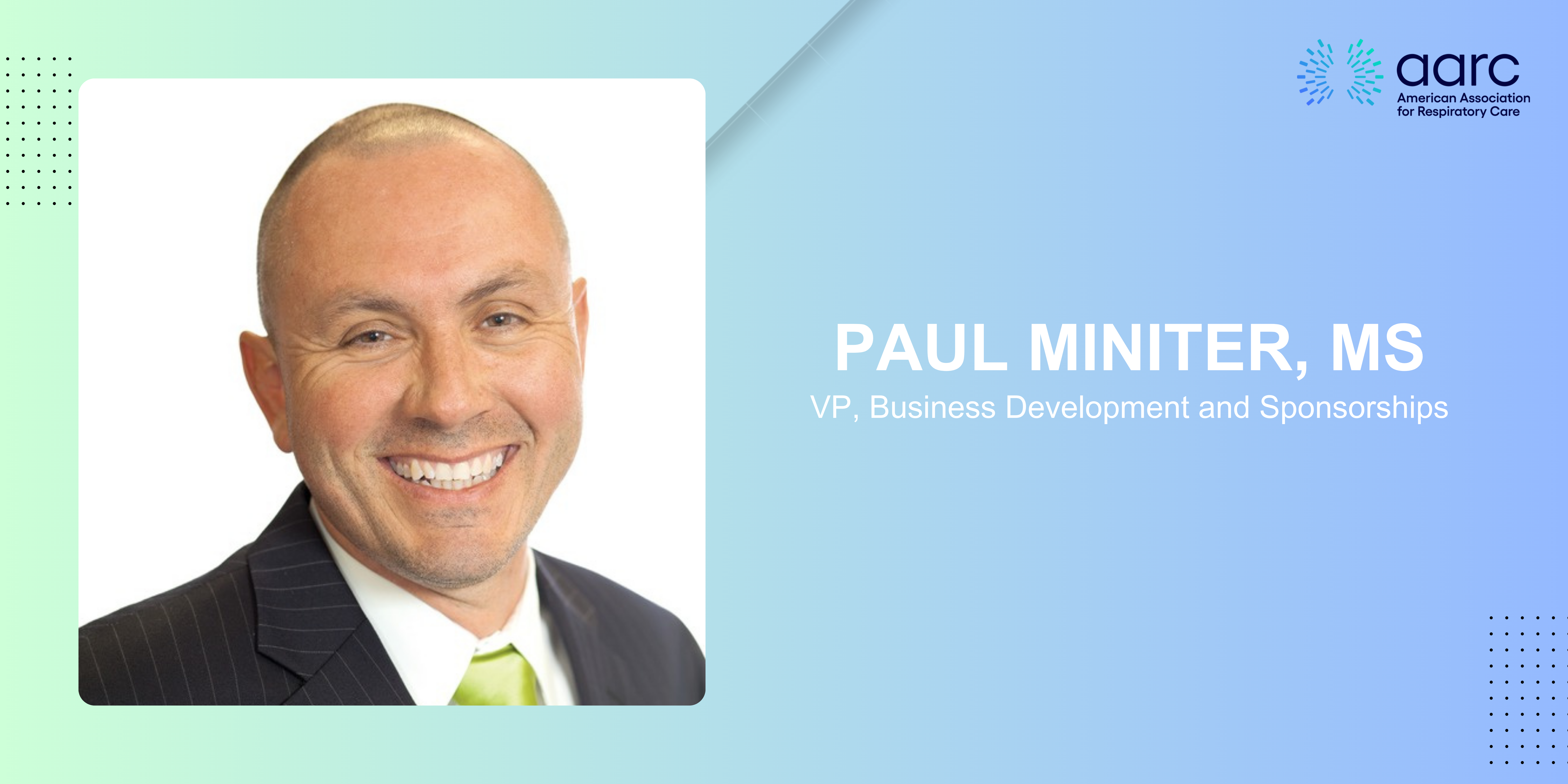
By Debbie Bunch
Aug. 19, 2024
Getting involved in clinical research often depends on the value that your organization places on conducting studies. Community hospitals and smaller facilities generally don’t have budgets for research, nor do they typically have physicians on staff who can champion the research cause.
If research is something you are interested in pursuing, hiring on at a larger hospital — and ideally one that is associated with a medical school — can greatly increase your chances of success.
In Part 2 of our series, four therapists who work at these types of facilities share their stories.
Research is expected
Robert B. Johnson, MS, RRT, senior director of respiratory care, bronchoscopy, and PFTs at the University of Alabama Birmingham (UAB) Hospital in Birmingham, says research is an expectation for RTs at his facility.
“Because UAB Hospital is an academic medical center, research is part of all RTs’ jobs,” he explained. That can mean anything from small research projects submitted for presentation at the Open Forum at the AARC Congress to larger studies where he is contacted by principal investigators from other academic medical centers or industry to see if UAB RTs can help.
“Most of the time we say yes,” said Johnson. “For example, in the last year there were two articles — PREOXI and DEVICE — that appeared in The New England Journal of Medicine about studies that the RT department had taken part in. It is also very nice when they name some of the RTs as co-investigators.”
In the past year, the UAB RT department has started an RT research program as well to more formally encourage RTs to take part in research. “Our first group had 12 RTs,” said Johnson. “They all completed their Institutional Review Board (IRB) training and hospital-based research classes.” These therapists now work some days at the bedside and other days as researchers where they screen new patients in the ICUs for inclusion/exclusion into ongoing studies.
Johnson says this immersion into research at UAB has led to research careers for several former department employees. “At any given time, there are eight to ten RTs that have left the UAB RT department to work as fulltime researchers in different parts of the university,” he said.
Advantages are many
Keith D. Lamb, RRT, RRT-ACCS, FAARC, FCCM, an RT at the University of Virginia Medical Center in Charlottesville, and Michael Meska, MHA, RRT, RRT-ACCS, RRT-NPS, FACHE, regional director of respiratory care, neurodiagnostics, and sleep at Indiana University Health-South Central Region in Indiana, have capitalized on the reputations of their facilities to conduct studies too.
Lamb got involved in research in earnest when he served as a clinical research coordinator at another large, tertiary referral center and level one trauma center. During his time there he participated in international observational trials, including LungSafe, local performance improvement projects, and everything in between.
“I have served as principal investigator on several projects and co-investigator on others,” he said. “I have also served as a ‘data miner’ or chart reviewer, lead author, and co-author.”
Lamb sees many advantages to research involvement. “My benefit from working on these projects is multifold. I get to be part of a bigger picture where our data may be used to further other investigators’ research, or I might be able to use the local data we generate to improve the quality of care provided at my own institution,” he said. “The LungSafe Trial has been used as a leapfrog for dozens of other ARDS investigations and many of my QI/QA research projects have been used to change protocols or guidelines.”
He has published in numerous top-tier peer reviewed journals, including Respiratory Care and the Canadian Journal of Respiratory Therapy, and he may soon have other publications to add to the list. “I am currently in the planning stages of a couple of different projects,” said Lamb. “I also have a couple of manuscripts under review. I can’t see myself completely disengaging from research. It is one of the most important things as a professional we can get involved in.”
Meska says his team pursued its inaugural IRB approval for a study examining COPD and elements from the GOLD report. “We observed a potential gap in care from those elements in GOLD,” he said. “The hope was to review our findings, close any care gaps, and translate our findings into local changes.”
He served as the investigator on the study along with two colleagues he calls “amazing.” “I could not have done the study myself,” he said. “Our medical director support was also important — we checked in and shared findings on nearly an ongoing basis.”
Meska and his fellow investigators have now synthesized their findings and are actively examining a pulmonary navigator role to close the gaps identified by the research. They plan to present their findings at the AARC Congress this November.
For him, the biggest learning curve in conducting the study was gaining knowledge of the IRB process, but now that he understands how that works, he definitely plans to get his therapists involved in additional studies. “We are pursuing studies that are even more powerful about COPD and care rendered to these patients,” he said.
Answering a call
Jonathan Vono, MBA, RRT, clinical manager of critical care support services/respiratory therapy at Henry Ford Hospital in Detroit, MI, says his foray into research came when he was approached by the radiation oncology team at his hospital to assist with a study that ended up being titled “Application of Continuous Positive Airway Pressure for Thoracic Respiratory Motion Management: An Assessment in a Magnetic Resonance Imaging-Guided Radiation Therapy Environment” when it was published in Advances in Radiation Oncology in 2022.
“I set up the CPAP pressures study protocol, built the circuit to be used, and assisted with testing delivered pressures and testing of safe distance function of the device during MRI imaging,” he explained. Vono was a co-author on the final paper, which garnered recognition from other health care teams regarding the role RTs can play in the research setting.
He believes research — and especially the publication of research — can help boost the profession in many ways. “This recognition is needed as we, as a profession, struggle to promote ourselves,” said Vono. “COVID did a lot to get our name out there, but if we don’t keep the iron hot, so to speak, people will forget who we are and all we have to offer.”
Major upsides
The bottom line is, if your hospital prides itself on clinical investigation, there is a role for you to play in conducting studies. And the more studies you get involved in, the bigger the upside for your facility and for your profession.
In the final article in this series, we will take a closer look at how educators are getting involved in research as well, both on their own and as mentors to their students.








